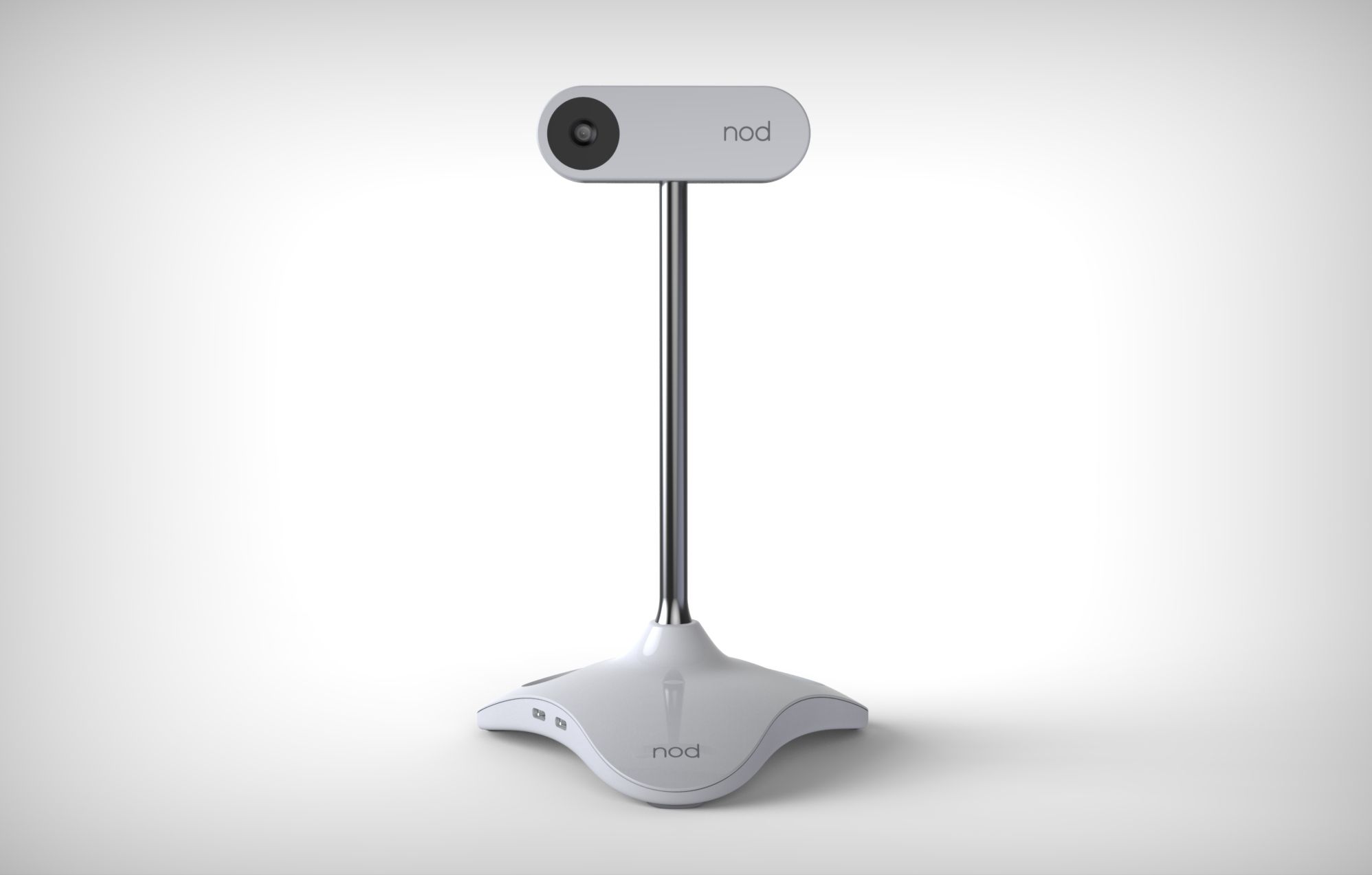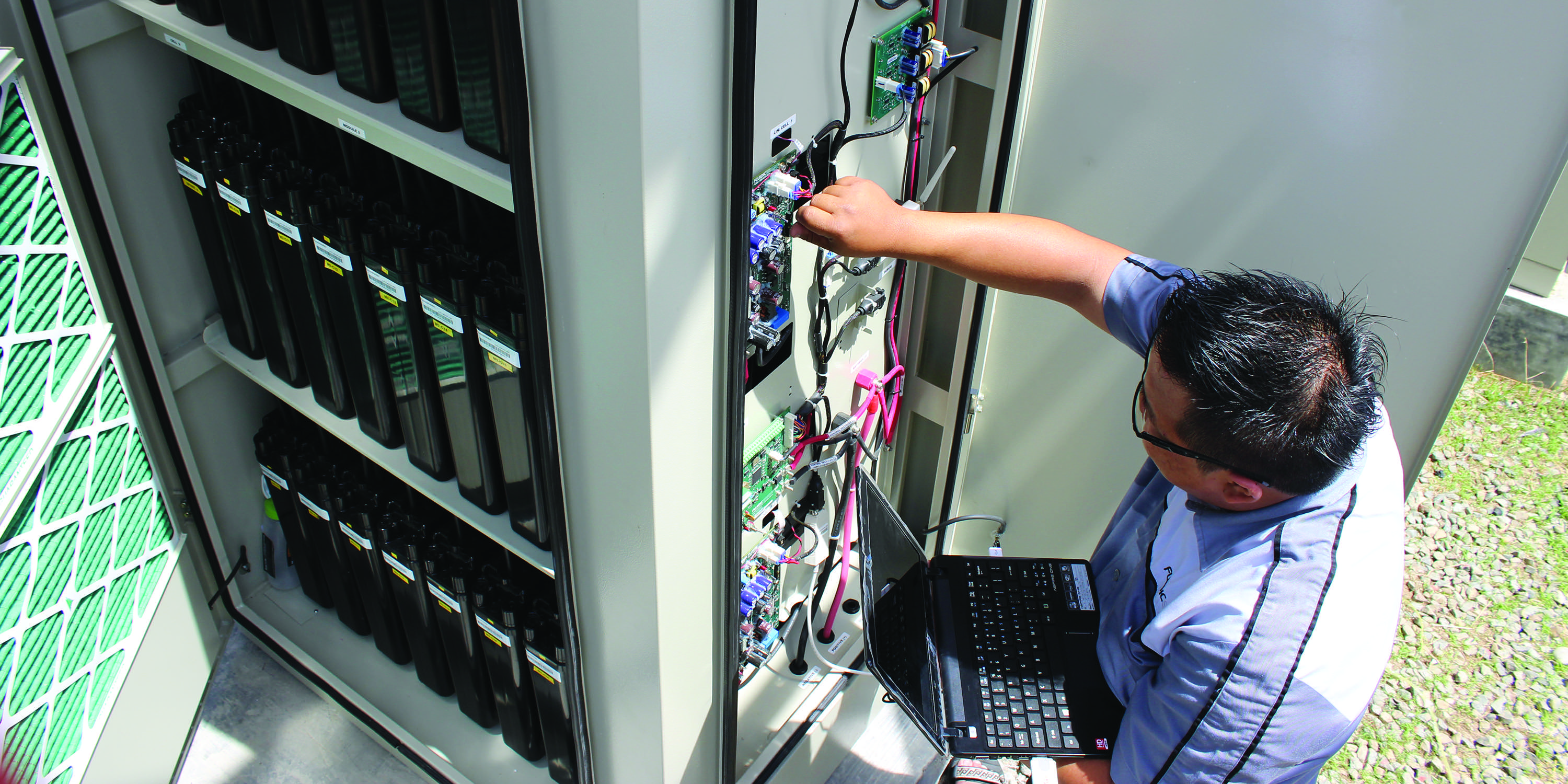Archive for the ‘mobile phones’ category: Page 214
May 26, 2016
Apple’s flirtation with buying HBO parent hints at content ambitions
Posted by Karen Hurst in categories: augmented reality, business, media & arts, mobile phones, singularity, virtual reality
While Amazon, Google, and Microsoft are moving forward with nextgen technologies such as VR & AR, QC, bio & nano technologies, etc used to advance areas such as Singularity and longevity.; Apples going bigger in the entertainment and media space.
Even if Apple never made an actual move to buy Time Warner, a tentative approach shows that the iPhone maker is serious about getting into media content.
Eddy Cue, who’s in charge of iTunes and Apple Music, brought up the idea of a possible deal with Time Warner corporate strategy head Olaf Olafsson in a meeting late last year, according to a person familiar with the situation. While the two never started negotiations, Time Warner, which owns HBO and the Warner Brothers studio, is on the top of the list of media companies Apple would buy should it eventually commit to the content business, the person said.
Continue reading “Apple’s flirtation with buying HBO parent hints at content ambitions” »
May 26, 2016
Force-feeling phone: Software lets mobile devices sense pressure
Posted by Karen Hurst in categories: media & arts, mobile phones
Temporary concept; however, those first alerts (aka help me; I fallen and can’t get up) already covers this plus with the direction we’re going with BMI in the next 5 years this will not be needed.
What if you could dial 911 by squeezing your smartphone in a certain pattern in your palm? A different pattern might turn the music on or flip a page on the screen.
New software developed by University of Michigan engineers and inspired, in part, by a Batman movie, could give any smartphone the capacity to sense force or pressure on its screen or body. ForcePhone offers new ways for people to command their mobile devices.
Continue reading “Force-feeling phone: Software lets mobile devices sense pressure” »
May 25, 2016
High-power, diffraction-free femtosecond vortex for laser materials processing
Posted by Karen Hurst in categories: computing, electronics, mobile phones
Non-diffracting Bessel vortex beams exhibit diverse propagation regimes in glass that can be observed with a novel imaging strategy.

High-power femtosecond pulses have become a key tool in processing of transparent materials (e.g., glass and sapphire) for the present and the next generation of consumer electronics.1 Associated major industrial challenges include high-quality and high-speed cutting of screen glass for smartphones, camera windows, or drilling of through-vias (vertical interconnect access) in interposers for the circuitry of 3D electronic chips. Ultrafast laser pulses (on picosecond or femtosecond timescales) allow for structuring transparent materials with high levels of accuracy. When the laser pulses propagate into the transparent dielectrics, they usually undergo high distortions.2 These distortions arise because of the nonlinear Kerr self-focusing effect and because of the interaction of the pulse with the plasma, which the pulses generate in the material. The propagation is therefore highly nonlinear and prevents uniform energy deposition along the beam propagation.
Continue reading “High-power, diffraction-free femtosecond vortex for laser materials processing” »
May 25, 2016
Engineers take first step toward flexible, wearable, tricorder-like device
Posted by Bruno Henrique de Souza in categories: biotech/medical, chemistry, computing, electronics, engineering, mobile phones, wearables
Engineers at the University of California San Diego have developed the first flexible wearable device capable of monitoring both biochemical and electric signals in the human body. The Chem-Phys patch records electrocardiogram (EKG) heart signals and tracks levels of lactate, a biochemical that is a marker of physical effort, in real time. The device can be worn on the chest and communicates wirelessly with a smartphone, smart watch or laptop. It could have a wide range of applications, from athletes monitoring their workouts to physicians monitoring patients with heart disease.
Nanoengineers and electrical engineers at the UC San Diego Center for Wearable Sensors worked together to build the device, which includes a flexible suite of sensors and a small electronic board. The device also can transmit the data from biochemical and electrical signals via Bluetooth.
Nanoengineering professor Joseph Wang and electrical engineering professor Patrick Mercier at the UC San Diego Jacobs School of Engineering led the project, with Wang’s team working on the patch’s sensors and chemistry, while Mercier’s team worked on the electronics and data transmission. They describe the Chem-Phys patch in the May 23 issue of Nature Communications.
May 24, 2016
A Battery Made From Metal and Air Is Electrifying the Developing World
Posted by Karen Hurst in categories: computing, mobile phones, solar power, sustainability, transportation
Got to luv this.
Is this brand new type of battery the key to clean energy and off-grid electricity?
Lithium-ion batteries are having a moment. After becoming the de facto battery in laptops and cell phones over the years, they’re now starting to power electric cars (like those made by Tesla) and plug into the power grid.
Continue reading “A Battery Made From Metal and Air Is Electrifying the Developing World” »
May 23, 2016
Sneak peek: A first look at YouTube’s VR interface within Daydream
Posted by Karen Hurst in categories: mobile phones, virtual reality
On Thursday, Google, a unit of Alphabet Inc.
At first, it will also only run on a select number of devices — most of which are touch-enabled (think Google’s own Chromebook Pixel, the Asus Chromebook Flip and Acer’s R11).
Like numerous other announcements Google made at its I/O developers conference this week, the Android apps integration feature won’t be available for users until this fall. For the layman, that means that while you may be able to install Android apps, some of them might not be ideal until developers eventually get around to making things work correctly. You’ll be able to make a Skype call, work with Office files, be productive offline, and play games like Minecraft or Hearthstone.
Continue reading “Sneak peek: A first look at YouTube’s VR interface within Daydream” »
May 22, 2016
This Smartwatch for Seniors Has GPS, WiFi, Cellular Connectivity, And an SOS Button
Posted by Shailesh Prasad in categories: internet, mobile phones
The new Wherecom S3, from Omate, has the ability to send the wearer’s GPS location to specific contacts in the event of an emergency.
A new smartwatch is promising something different: Keeping your grandparents safe. The new Wherecom S3, from Omate, was launched on Tuesday. It’s an Android-powered smartwatch with GPS, Wi-Fi, and 3G cellular connectivity, this means that the tech can function without a smartphone.
The watch has the ability to text, call, track paths through GPS, and remind individuals when it’s time to take medication. The S3 also has an emergency alert function in the form of a red SOS button on the side of the watch, which can be pressed in the event of an emergency to send the wearer’s GPS location to specific contacts.
May 20, 2016
Project Ara Lives: Google’s Modular Phone Is Ready for You Now
Posted by Klaus Baldauf in category: mobile phones

After more than a year of silence, Google’s wildest idea about smartphones is starting to come true.
May 19, 2016
Point your phone at an equation and Mathpix will solve it
Posted by Shailesh Prasad in categories: education, information science, internet, mathematics, mobile phones, neuroscience
Math isn’t everyone’s strong suit, especially those who haven’t stretched that part of their brain since college. Thanks to the wonders of image recognition technology, we now have Mathpix, an iOS app that lets you point your phone camera at a problem and calculates solutions in seconds.
The interface looks like any standard camera app: simply drag the on-screen reticle over the equation and the app solves it and provides graph answers where appropriate. More useful is a step-by-step guide offering multiple methods to reach a solution, making this a bona fide educational tool. It uses image recognition to process problems and pings its servers to do the mathematical heavy lifting, so it likely requires an internet connection to work.
Mathpix was envisioned by Stanford PhD student Nico Jimenez, who was advised by Stanford grad Paul Ferrell. The app’s other developers are high schoolers Michael Lee and August Trollback, which is impressive for an app that claims to be the first to visually recognize and solve handwritten math problems.
Continue reading “Point your phone at an equation and Mathpix will solve it” »

















